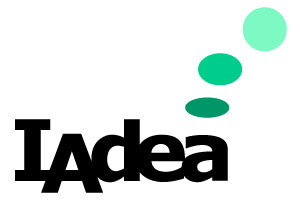Workspace and facilities manager need-to-knows for extracting greater value in the workplace

The last two years have seen an exponential acceleration towards hybrid working. As a result, current space occupancy averages are just 30% of 2019 numbers and they look set to stay that way. So, the question arises: What value does your current office space actually bring to your business?
Workspace analytics: Once a nice-to-have, now a necessity
Right now, the need for an evidence-based approach to unlocking the current and future value your workplace offers is essential. An effective workplace analytics strategy and plan will enable your workspace managers, FMs, real estate managers and the Board to:
- Understand the type of workspace and space resources that are in demand in your organization
- Reveal patterns of demand by team and function
- Map and align your desk stock and workspace assets against demand, constraints and goals
- Identify a range of real estate and resource cost-saving opportunities
- Identify workspace restacking opportunities
- Anticipate future real estate demands
- Anticipate Covid-security demands
- Stay agile to adapt and plan for any workspace objectives, strategy or demands that may change in the next month, six months or even two years.
Getting it right first time
Regardless of the workspace reporting tech you use, Space Connect and IAdea recommend starting with a clear framework for effectively approaching and making the most of workspace analytics. Through this, you will better understand how to identify the right questions to ask of your data, how to ask them, and what the answers and insights mean for your business planning.
Follow this 10-step framework to ensure you have all the boxes ticked
- Define your measurable objectives — Do you want to save costs, bolster you CSR or sustainability credentials through reduced carbon output, or prioritize the workplace experience to improve talent retention.
- Define timeframes — Are you facing an immediate challenge or opportunity and should you lay out a long-term goal that you would like to achieve
- Identify all stakeholders and how they’ll fit into the process
- Budget — Plan extensively so as to avoid surprises and stay within budgetary constraints
- Identify and specify the workspace assets you want to include in your usage analysis, for example, locations, sites, floors, room types, desk types, space types
- Identify and specify workspace resources and facilities — These may be intrinsic to an asset, for example the location or capacity or value-adds that can be bolted on, such as tech or lighting
- Time parameters — Will you need to be reporting historically, in real time, or both?
- Measurement benchmarks and flags — The key measurements you will be reporting on are utilization/occupancy and capacity, and you’ll be reporting on these measurements by two distinct variables: by workspace asset and by resource / facilities (See bullets 5 and 6)
- Choose metrics that matter — These may be occupancy throughout the day, desk utilization throughout the work week, or ad hoc versus advanced space reservations
- Set targets — Actual and target ‘people-to-desk’ ratio, actual and target ‘people-to-square-meter-space’ ratio, actual and target ‘people-to-floor/site’ ratio
Space Connect integrates out-of-the-box with IAdea room panels to provide detailed meeting room usage insights. Find out more here.
Alongside Space Connect’s desk and visitor management and reporting modules, it ensures powerful reporting and actionable space usage insights.

